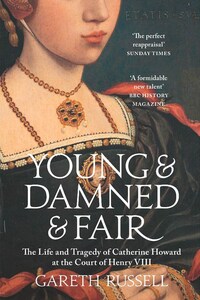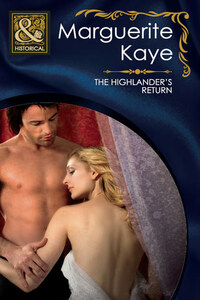Young and Damned and Fair: The Life and Tragedy of Catherine Howard at the Court of Henry VIII

England July 1540: it is one of the hottest summers on record and the court of Henry VIII is embroiled, once again, in political scandal. Anne Cleves is out. Thomas Cromwell is to be executed and, in the countryside, an aristocratic teenager named Catherine Howard prepares to become fifth wife to the increasingly unpredictable monarch…In the five centuries since her death, Catherine Howard has been dismissed as ‘a wanton’, ‘inconsequential’ or a naïve victim of her ambitious family, but the story of her rise and fall offers not only a terrifying and compelling story of an attractive, vivacious young woman thrown onto the shores of history thanks to a king's infatuation, but an intense portrait of Tudor monarchy in microcosm: how royal favour was won, granted, exercised, displayed, celebrated and, at last, betrayed and lost. The story of Catherine Howard is both a very dark fairy tale and a gripping political scandal.Born into the nobility and married into the royal family, during her short life Catherine was almost never alone. Attended every waking hour by servants or companions, secrets were impossible to keep. With his research focus on Catherine’s household, Gareth Russell has written a narrative that unfurls as if in real-time to explain how the queen’s career ended with one of the great scandals of Henry VIII's reign.More than a traditional biography, this is a very human tale of some terrible decisions made by a young woman, and of complex individuals attempting to survive in a dangerous hothouse where the odds were stacked against nearly all of them. By illuminating Catherine's entwined upstairs/downstairs worlds, and bringing the reader into her daily milieu, the author re-tells her story in an exciting and engaging way that has surprisingly modern resonances and offers a fresh perspective on Henry's fifth wife.YOUNG AND DAMNED AND FAIR is a riveting account of Catherine Howard’s tragic marriage to one of history’s most powerful rulers. It is a grand tale of the Henrician court in its twilight, a glittering but pernicious sunset during which the king’s unstable behaviour and his courtiers’ labyrinthine deceptions proved fatal to many, not just to Catherine Howard.













